iPhone 7 Plus Portrait mode gallery: it's called "beta" for a reason
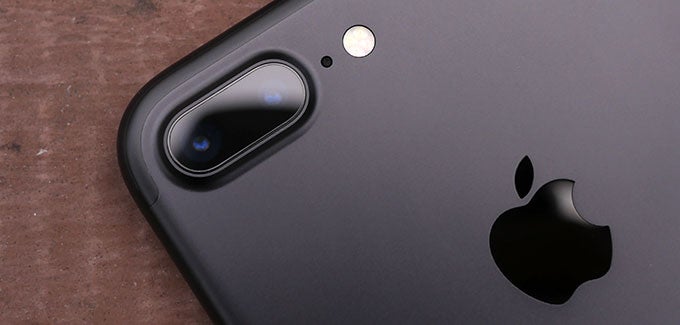
This year the differences between Apple's big and little iPhones are more pronounced than ever before, as the iPhone 7 Plus picks up an all-new dual-rear-camera system. That combination of a wide-angle and telephoto lens has given iPhone users their first real taste of optical zoom, but one of the coolest-looking capabilities of the camera on the iPhone 7 Plus wasn't quite ready when they handset made its retail debut last month: its blurred-background bokeh Portrait mode.
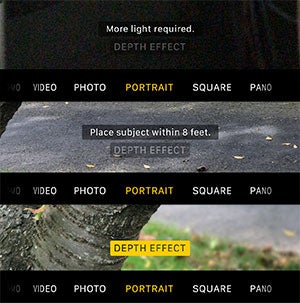
Portrait-mode messages
Users access Portrait mode by swiping over from standard Photo mode. There, on-screen prompts advise you how to properly set up a shot: Portrait mode will refuse to work if you don't have enough light in your scene, and if you're too close or too far away from your subject, the camera app will let you know so you can reposition things.
When everything's ultimately in alignment, a “DEPTH EFFECT” label will finally illuminate, signaling you that Portrait mode is ready to go – and you've just got to snap the shutter to capture your stylized pic.

Portrait mode adding a too-sharp border
So how does it all look? Well, performance of the Portrait mode is a little hit-and-miss. The most obvious limitation is that Apple's software still has trouble isolating the subject of the shot from the background.

Other mistakes are more pronounced; look at the gate photo here, where some iron bars transition from in-focus subjects to blurred-out background elements, while adjacent bars do not. Here, the camera seems to be struggling with interpreting varying background conditions, and its ability to isolate the foreground suffers as a result.
Finally, it's worth noting that Apple's Portrait-mode blur effect doesn't seem to be an all-or-nothing affair. With pictures of people, we noticed that while Portrait mode will keep the face sharp while blurring the background, subjects' torsos are often very slightly blurred when compared to the full-sharpness shots accompanying the processed Portrait images. That's a much more minor issue, but it's one we're curious to see if Apple will be addressing.
For now, check out our full gallery below and let us know what you think: despite its flaws, are you impressed with what Portrait mode's able to achieve? Or are you going to withhold your enthusiasm until it's working just a bit better?
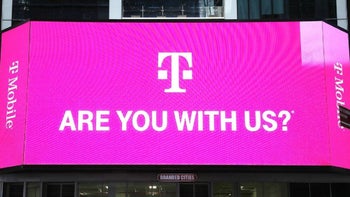


![T-Mobile representative paints a super grim future for customers, reveals how you’re being lied to in stores [UPDATED]](https://m-cdn.phonearena.com/images/article/173253-wide-two_350/T-Mobile-representative-paints-a-super-grim-future-for-customers-reveals-how-youre-being-lied-to-in-stores-UPDATED.webp)
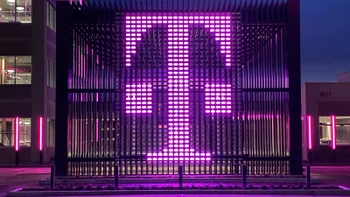


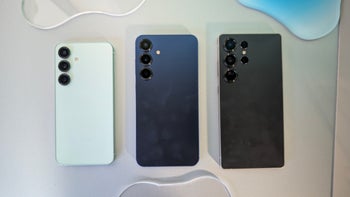
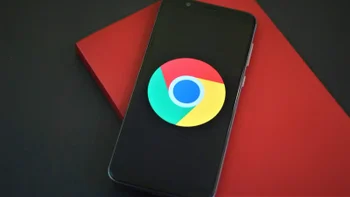



Things that are NOT allowed:
To help keep our community safe and free from spam, we apply temporary limits to newly created accounts: